The Inter Autoscooter was unveiled to the world at the 1953 Paris motor show, in open (Torpedo) and closed (Berline) forms. It failed to set the world alight, with just 300 or so made officially between 1954 and 1956, although some were still being assembled as late as 1958. The Torpedo pictured is thought to be the sole surviving example, which came without any weather equipment of any kind, and just an aeroscreen to protect the two occupants (sitting in tandem) from the elements.
Of the relatively few cars built, just about every example was of the Berline which came with an aircraft-style side-hinged canopy to keep the weather at bay. The first cars, as shown here, had front wheels that could be tucked underneath the bodyshell, reducing the width from 53 inches to just over 35, enabling indoor storage more easily.
The Inter was built by SNCAN, or Societé Nationale de Constructions Aéronautiques du Nord, a Lyon-based aircraft builder which ultimately became a part of Aérospatiale. The Torpedo pictured was the fifth off the production line, so it has various features which were soon changed for greater reliability or ease of construction. It’s thought that around 20 Inters survive worldwide, and this is one of just a tiny number of Inters still in running order.
Perhaps the main reason for the Inter’s failure as a commercial venture was its reputation for unreliability, which it quickly gained because of its weird starting system. It’s fitted with something called a gyrostarter, fed by a six-volt power supply from a tiny motorcycle battery next to the fuel tank, in the tail of the car; the engine is also mounted in the rear.
The gyrostarter is effectively a motorised flywheel, which you set spinning before releasing a lever. This then bump starts the engine – in theory. However, if the engine fails to fire, by the time you’d repeated the process three or four times, the battery would be flat and you’d be stuck. A lack of availability of these gyrostarters is the main reason for most of the survivors being off the road.
The gyrostarters were made by Westinghouse, which was subsequently sued by engine maker Ydral over the terrible quality. Much of the Inter's mechanicals and bodywork were unique to this car, but plenty of bits were shared with more mainstream models to cut production costs. For example, the engine cover hinges and brake master cylinder are Renault 4 items while the wheels were also used on the Lambretta LD scooter. The headlamp is a standard seven-inch unit, while the side bright strips down the car’s flanks are the same as those used on a contemporary Panhard.
As with so many of these cars that were uncompetitive in period and which sold poorly as a result, collectors now fight off each other to buy them. The Berline pictured was sold by RM Sothebys in 2017 for a hefty €78,400 at its Retromobile sale, proving that less can often cost more.
| Vital statistics | |
|---|---|
| Produced | 1954-1958 |
| Number built | 300 approx |
| Engine | Rear-mounted, 175cc, 1-cylinder |
| Transmission | 3-speed manual, rear-wheel drive |
| Power | 7bhp at 5000rpm |
| Top speed | 50mph |

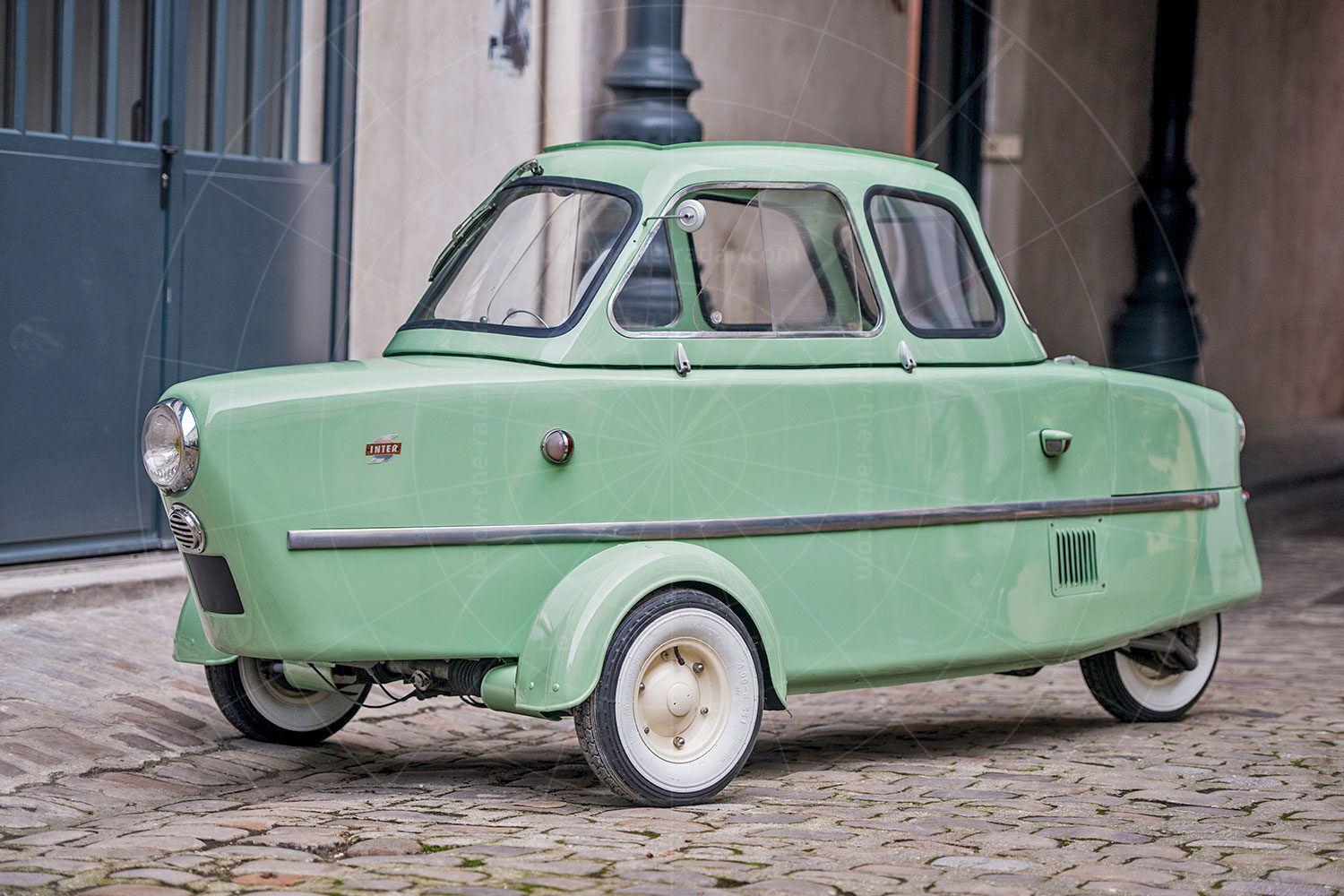
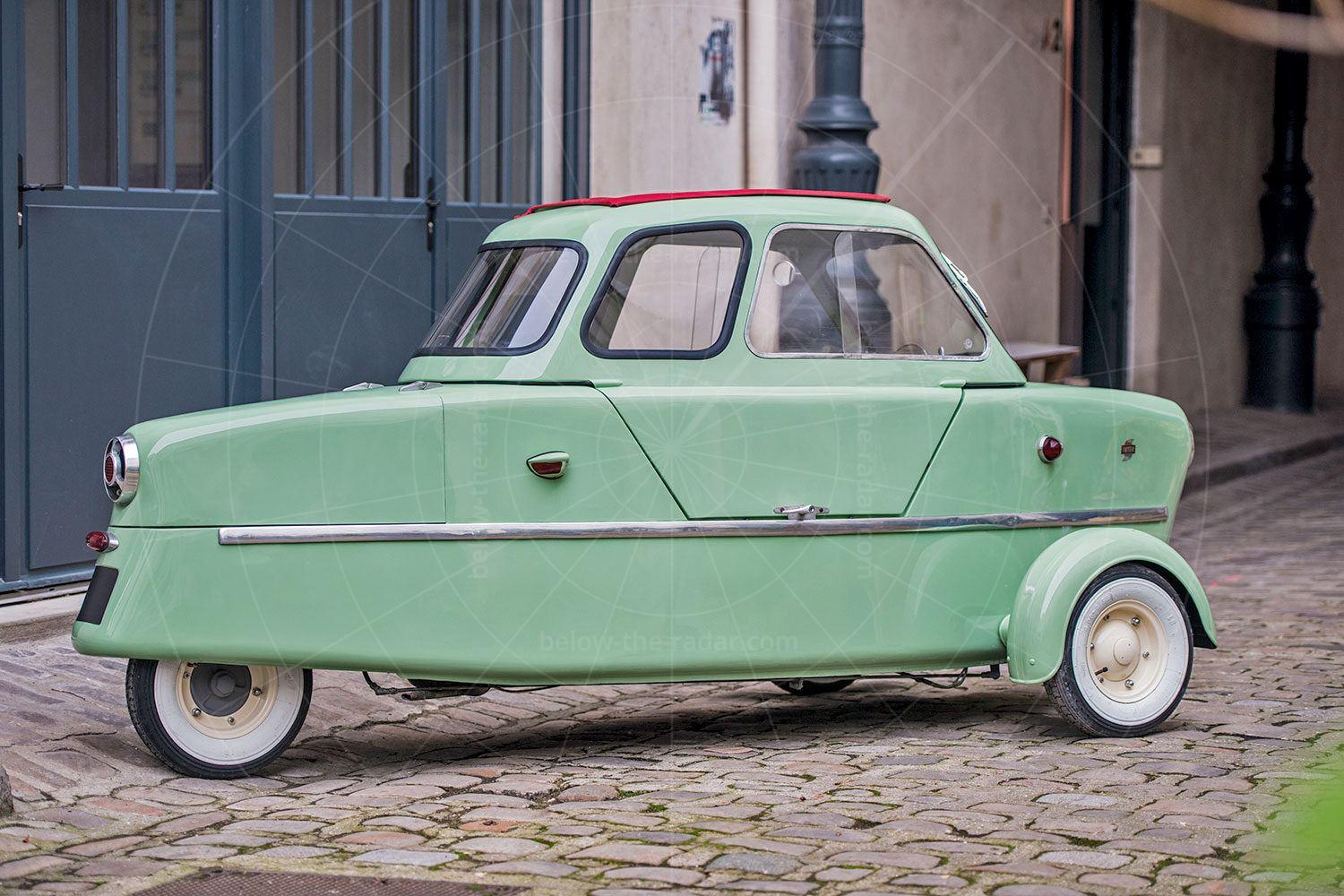
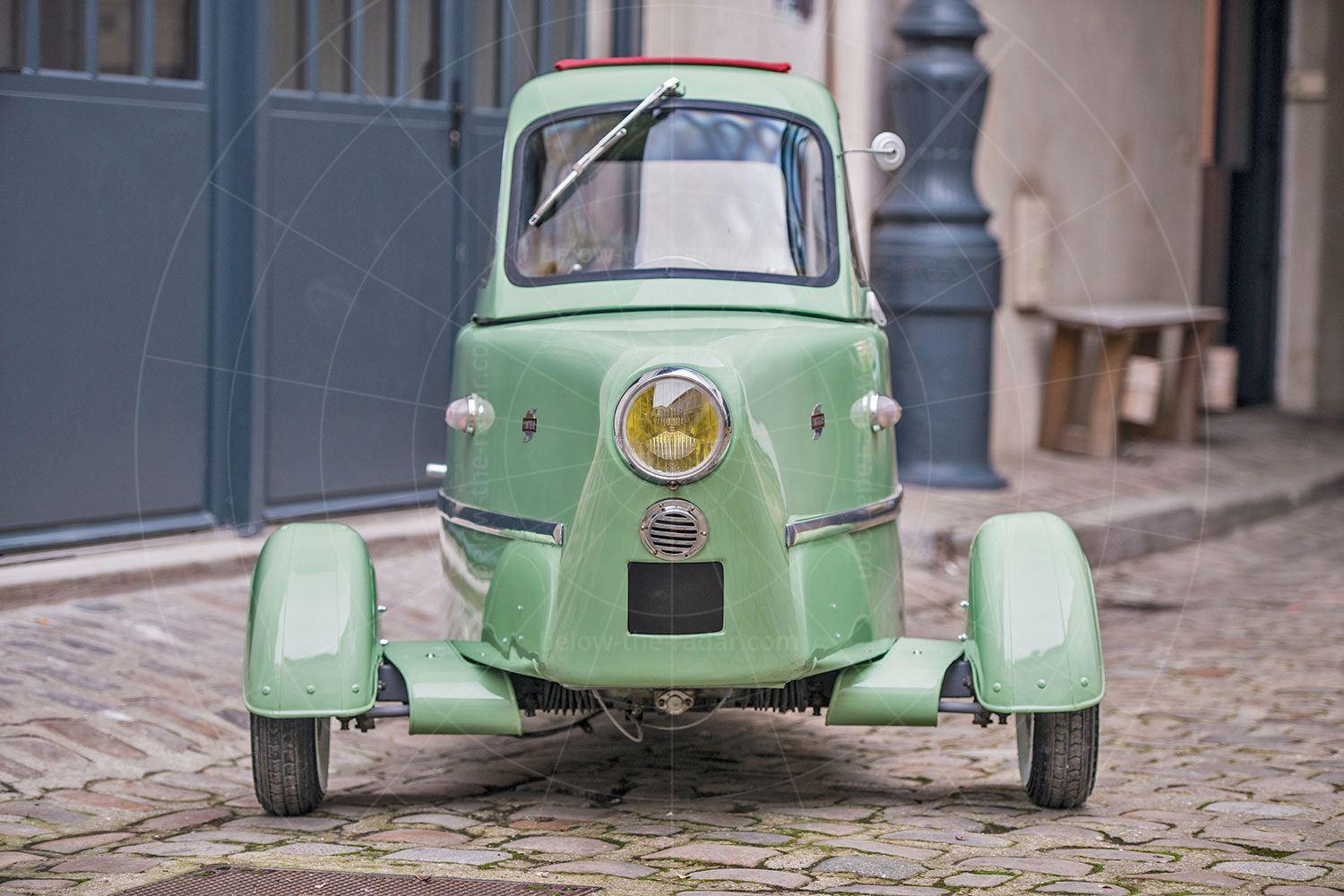
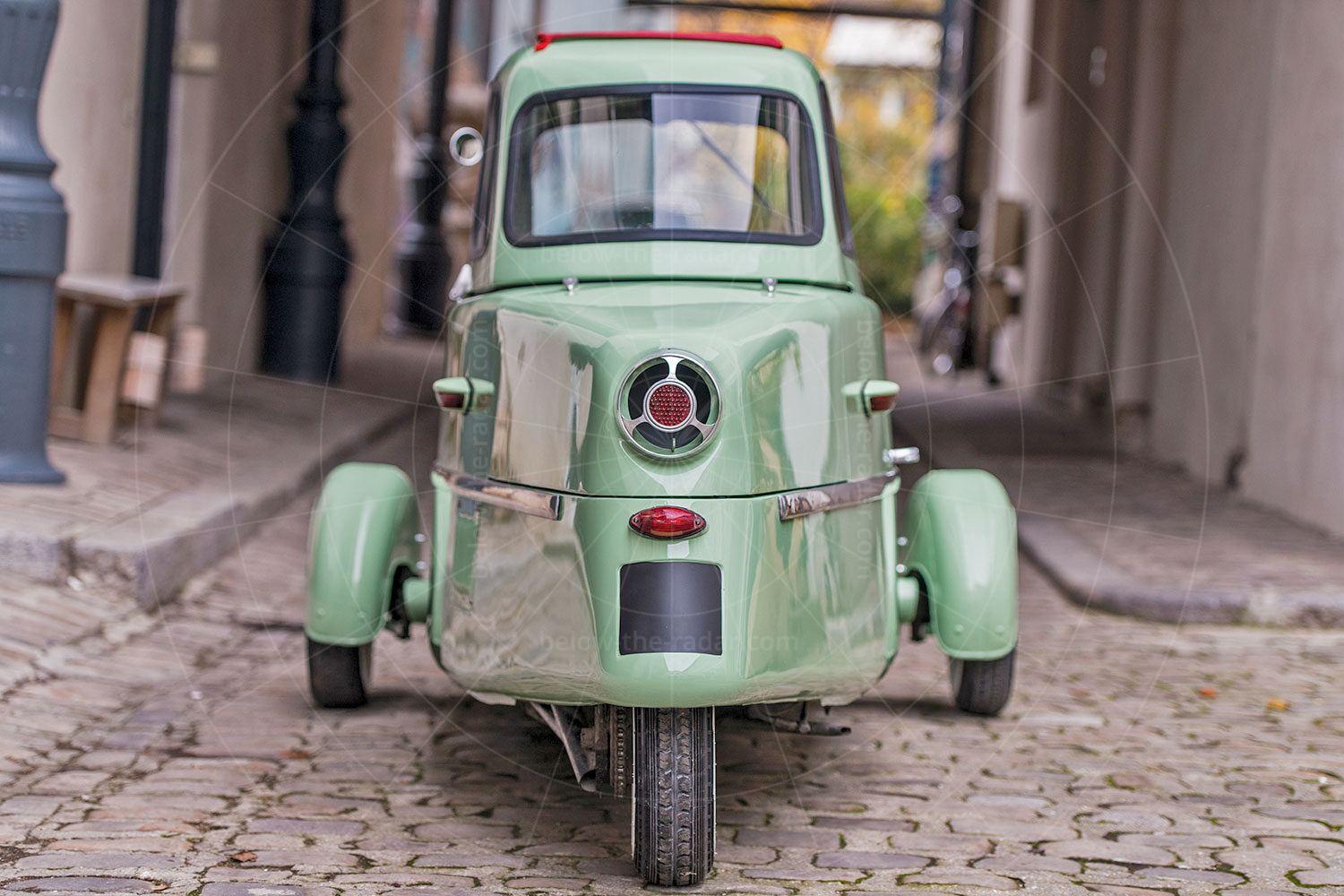
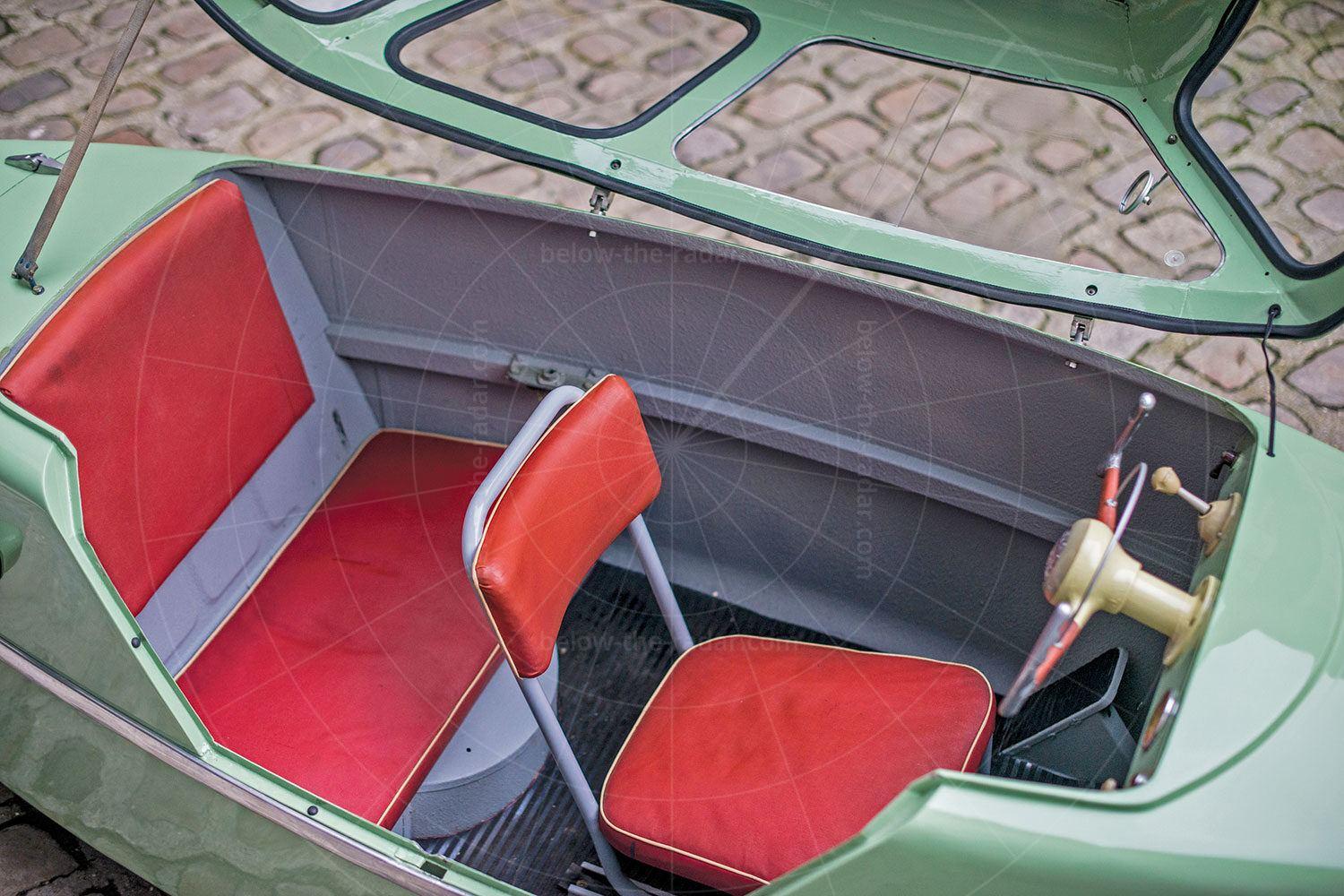
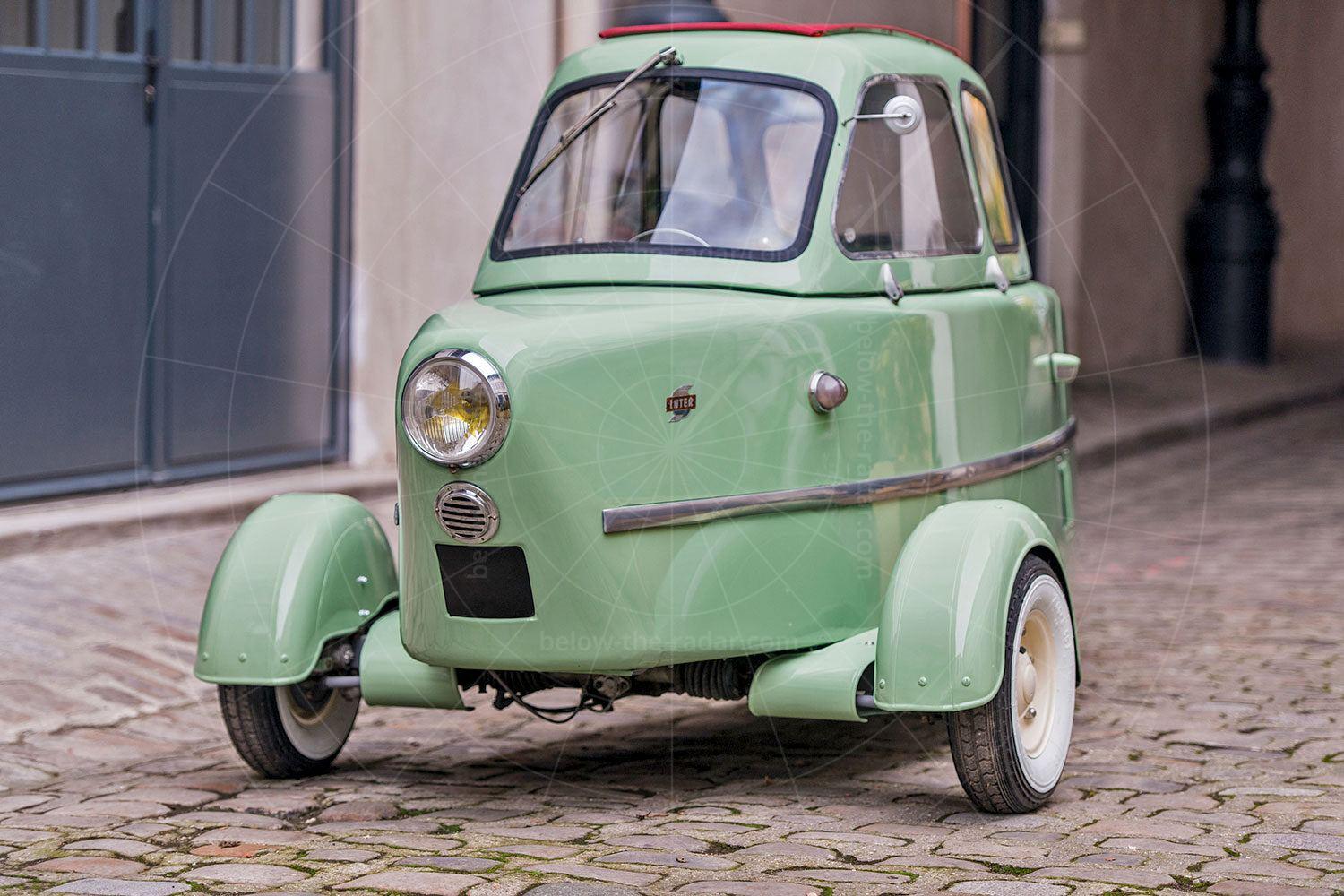
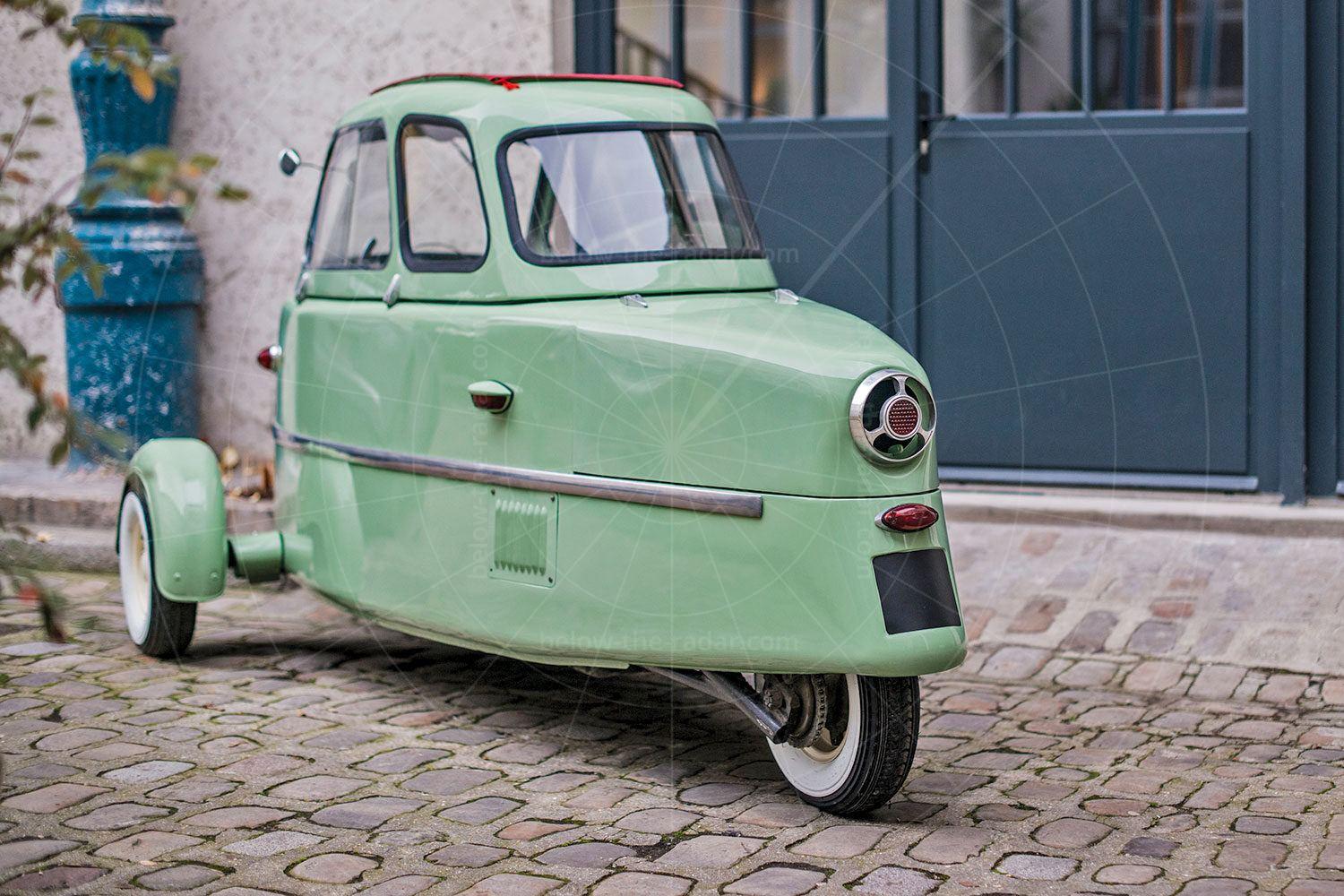
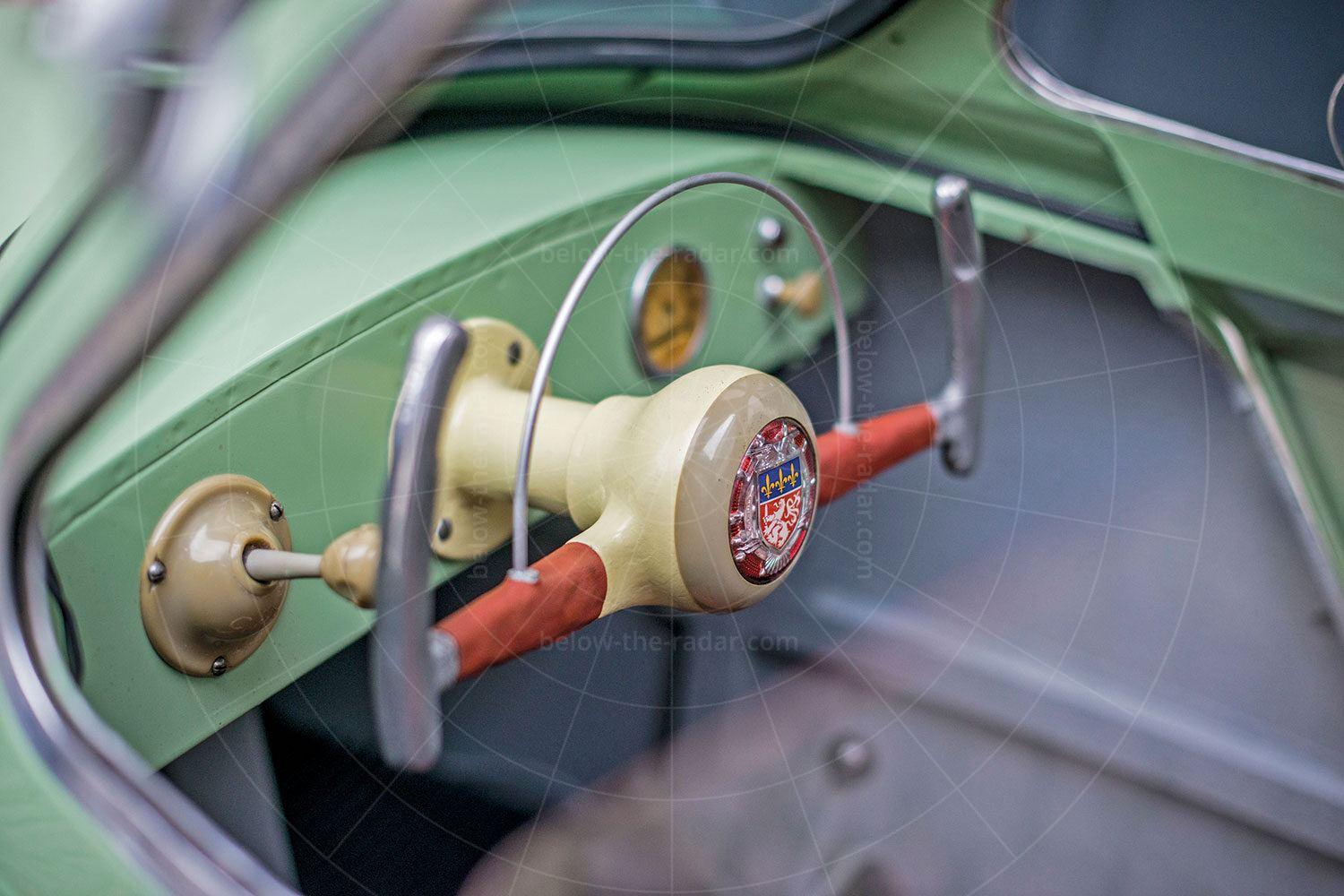
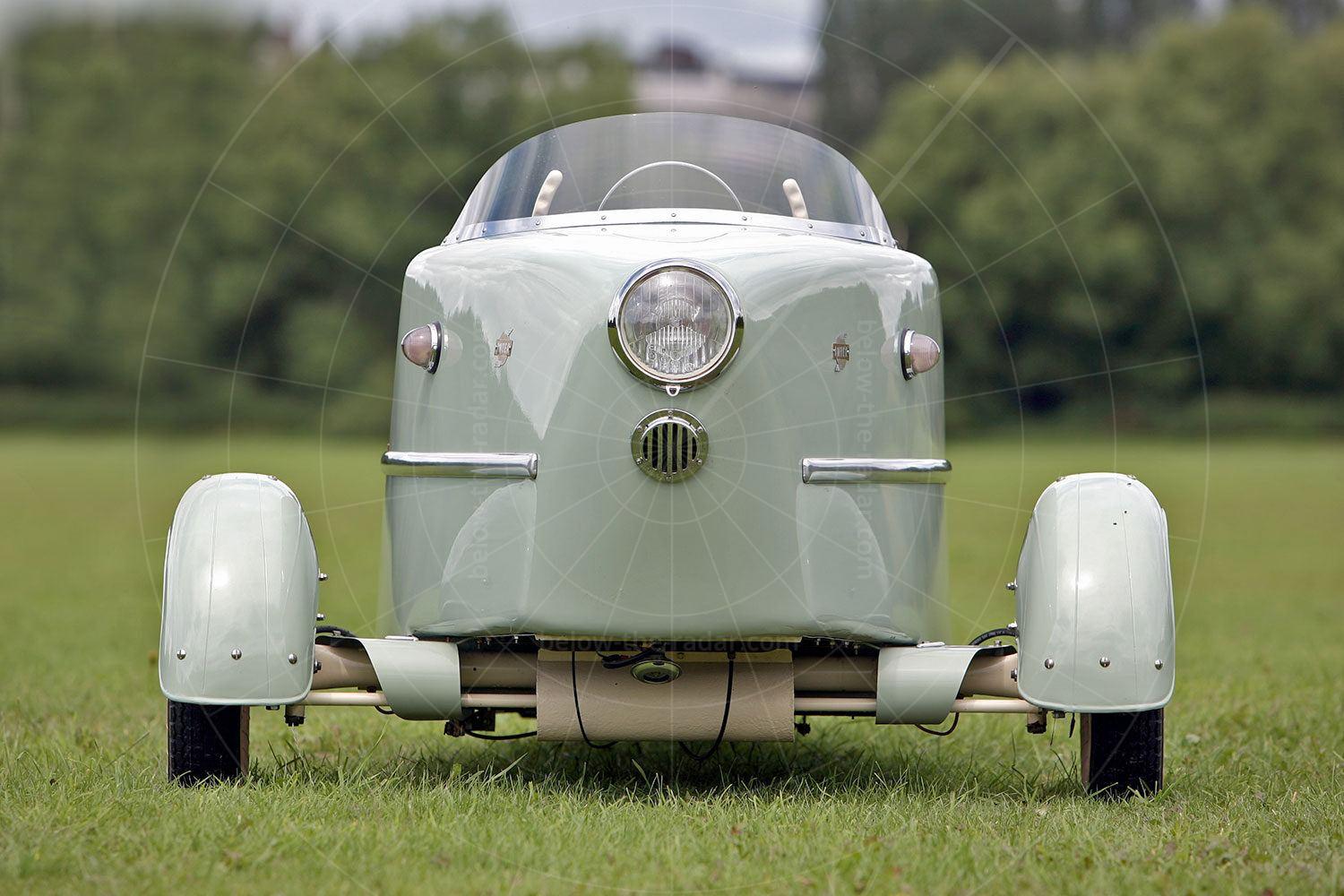
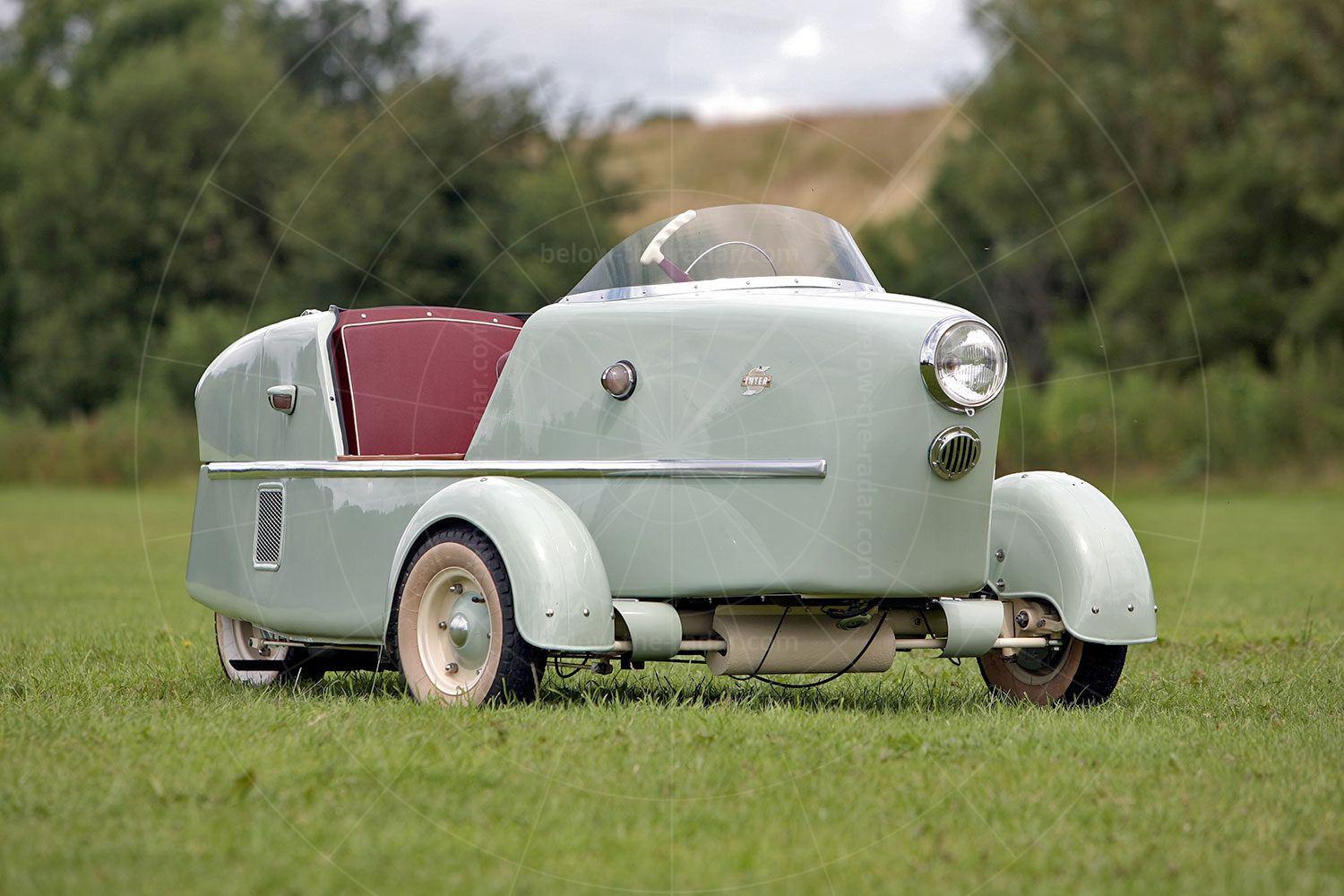
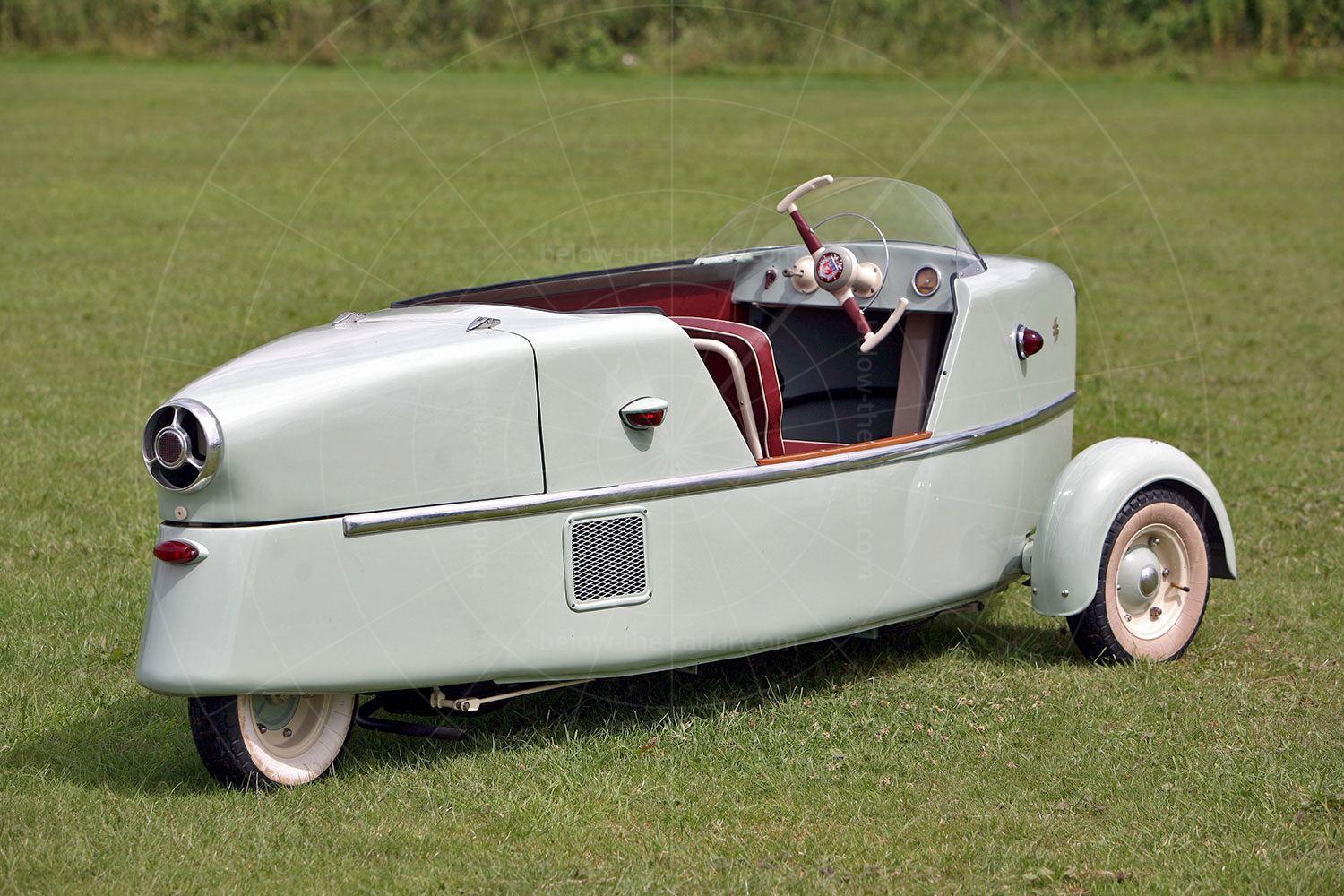
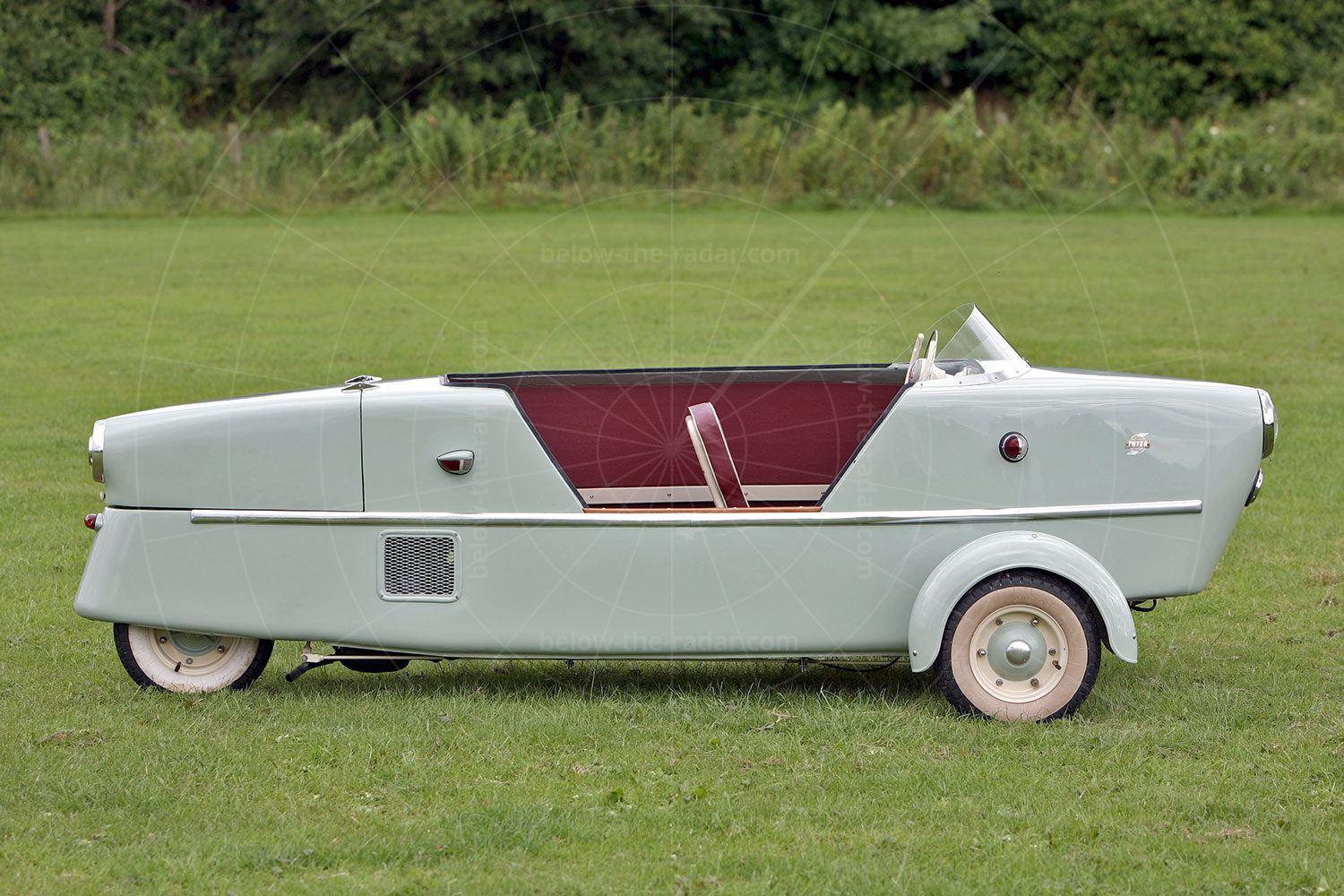
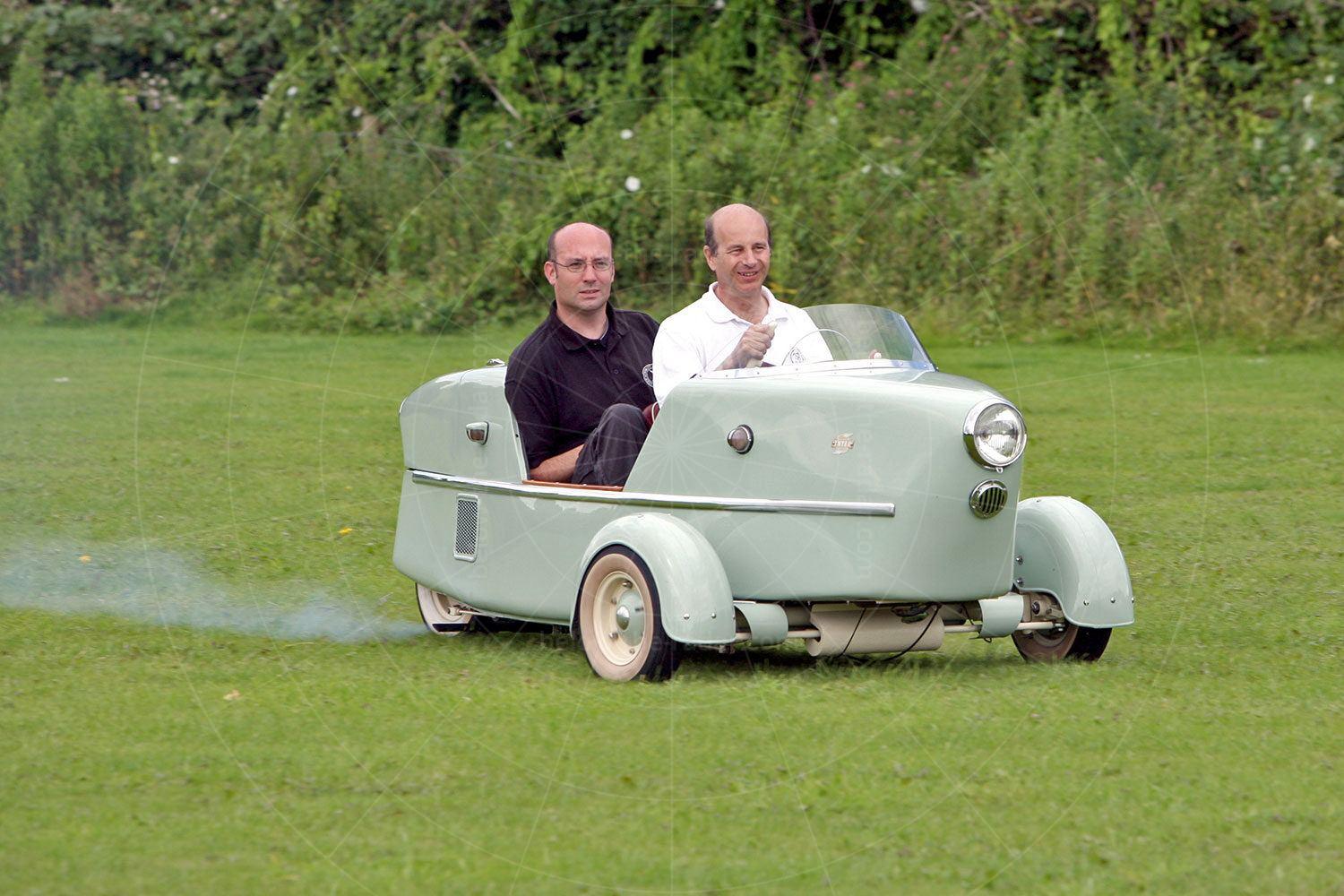
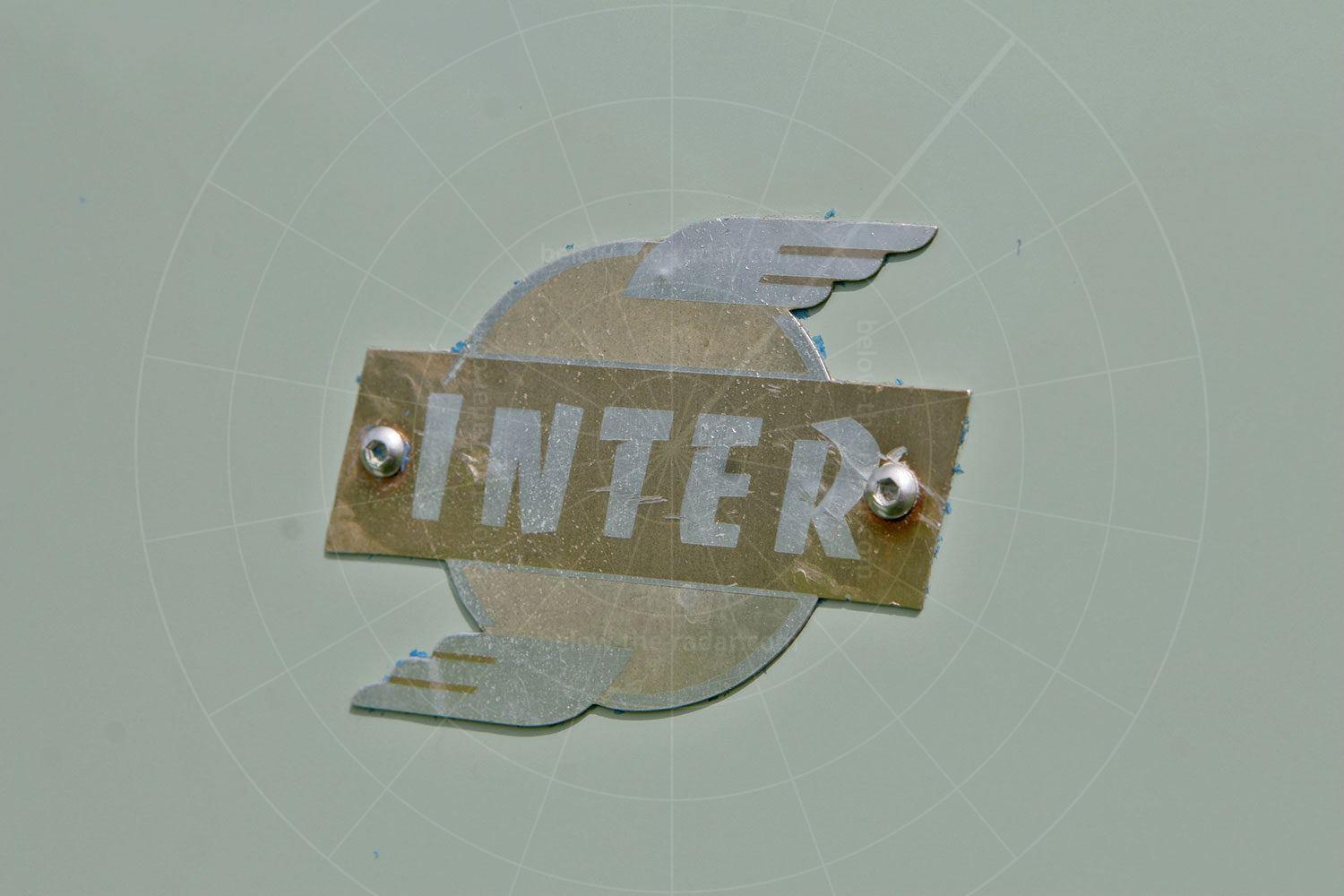
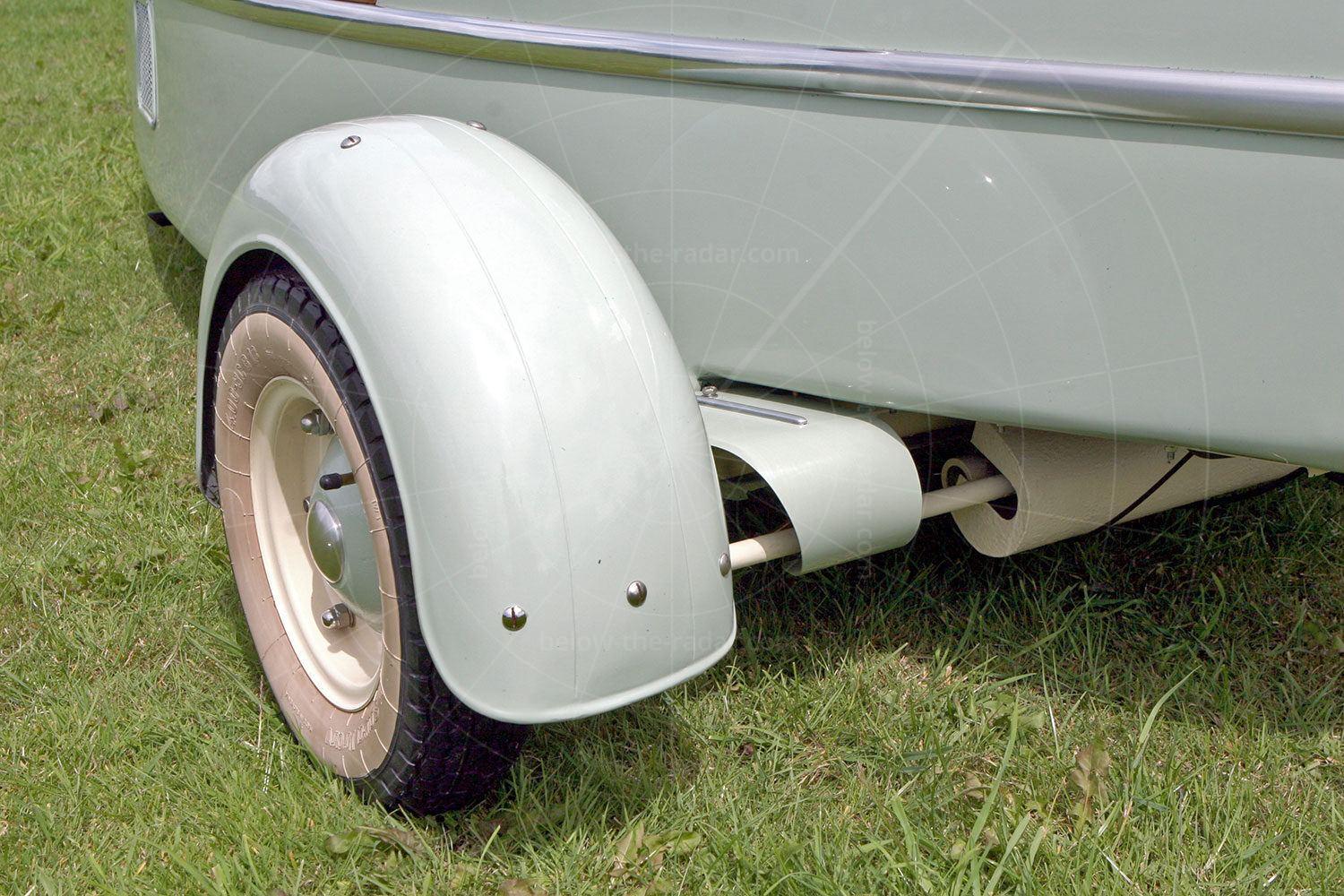
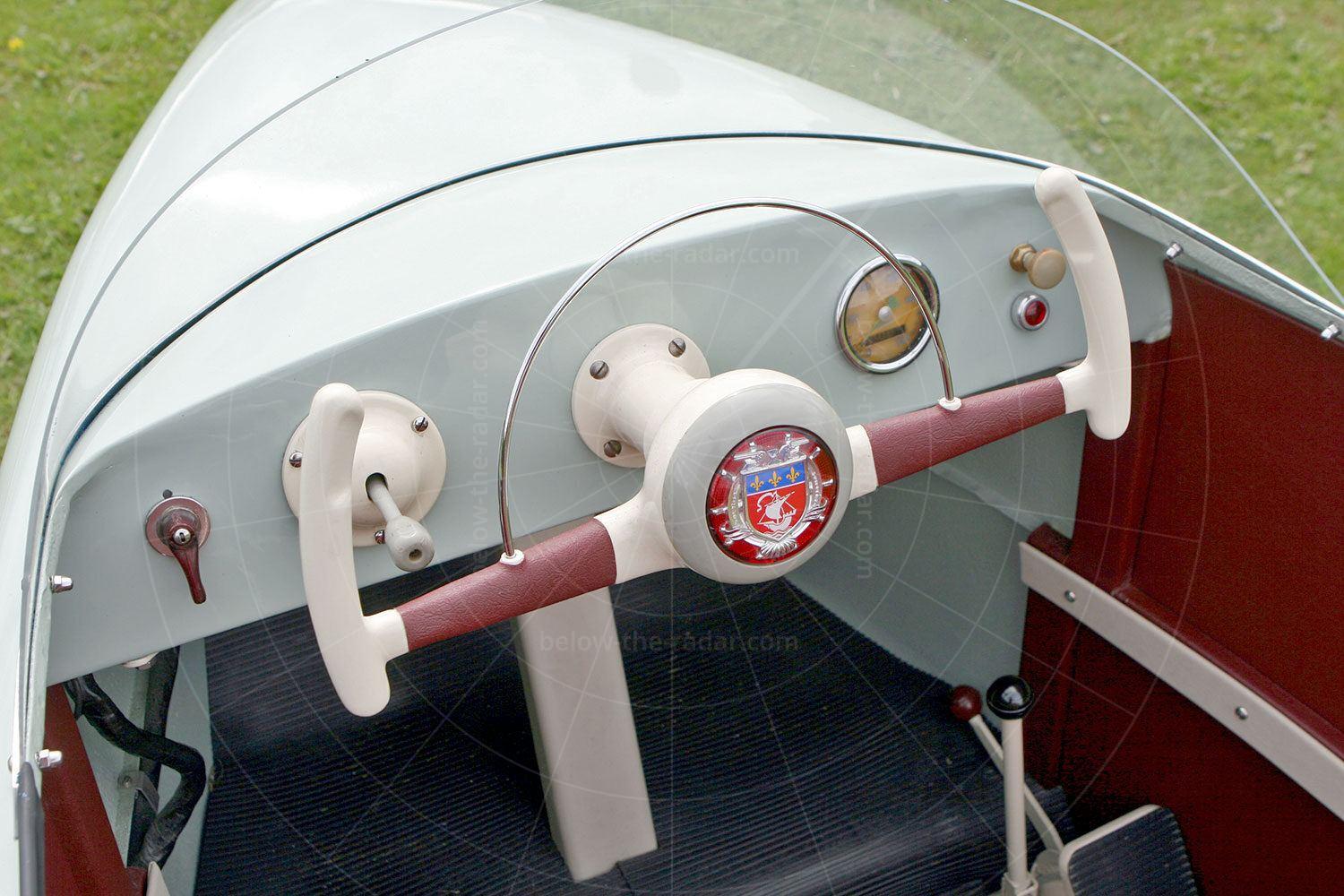
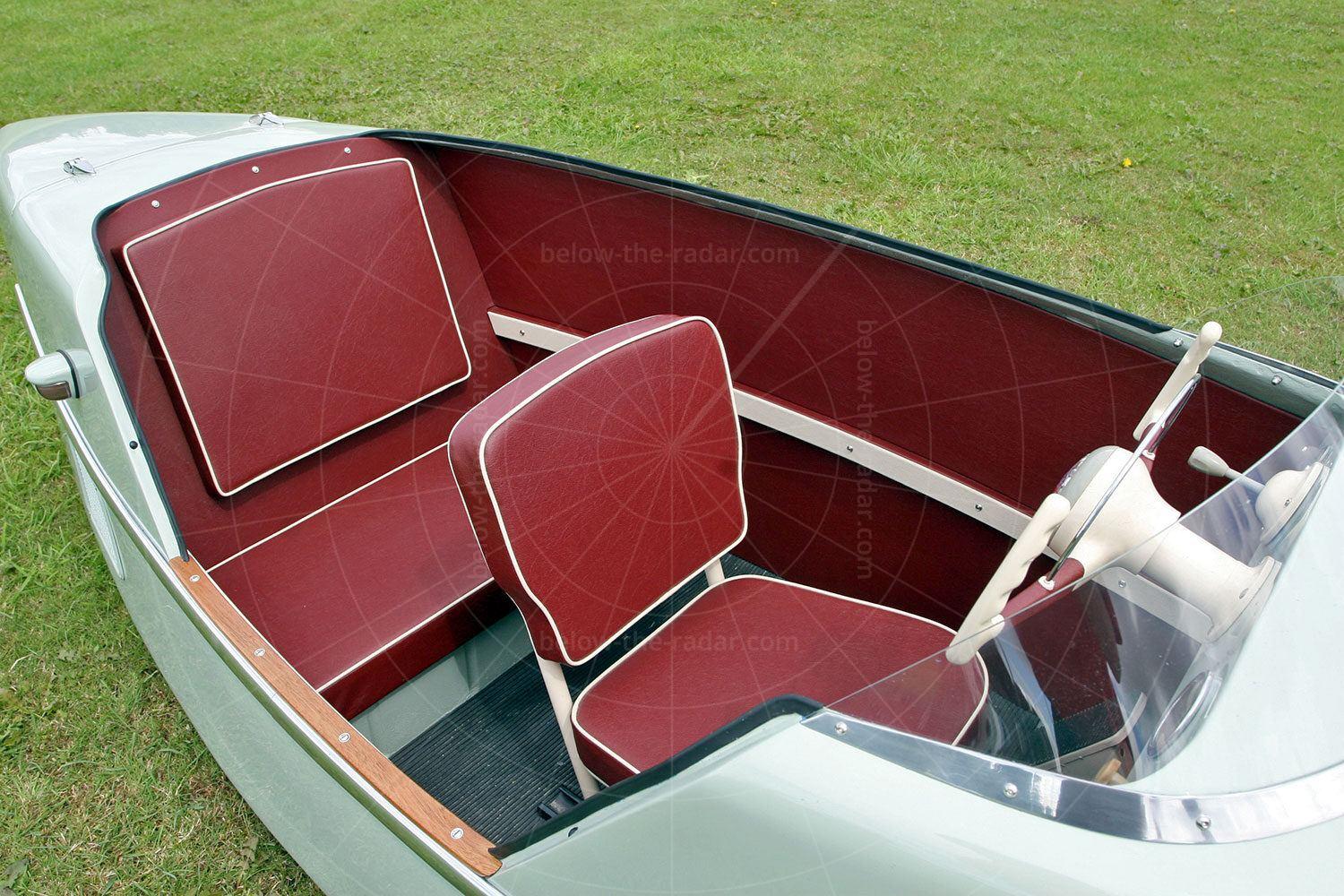
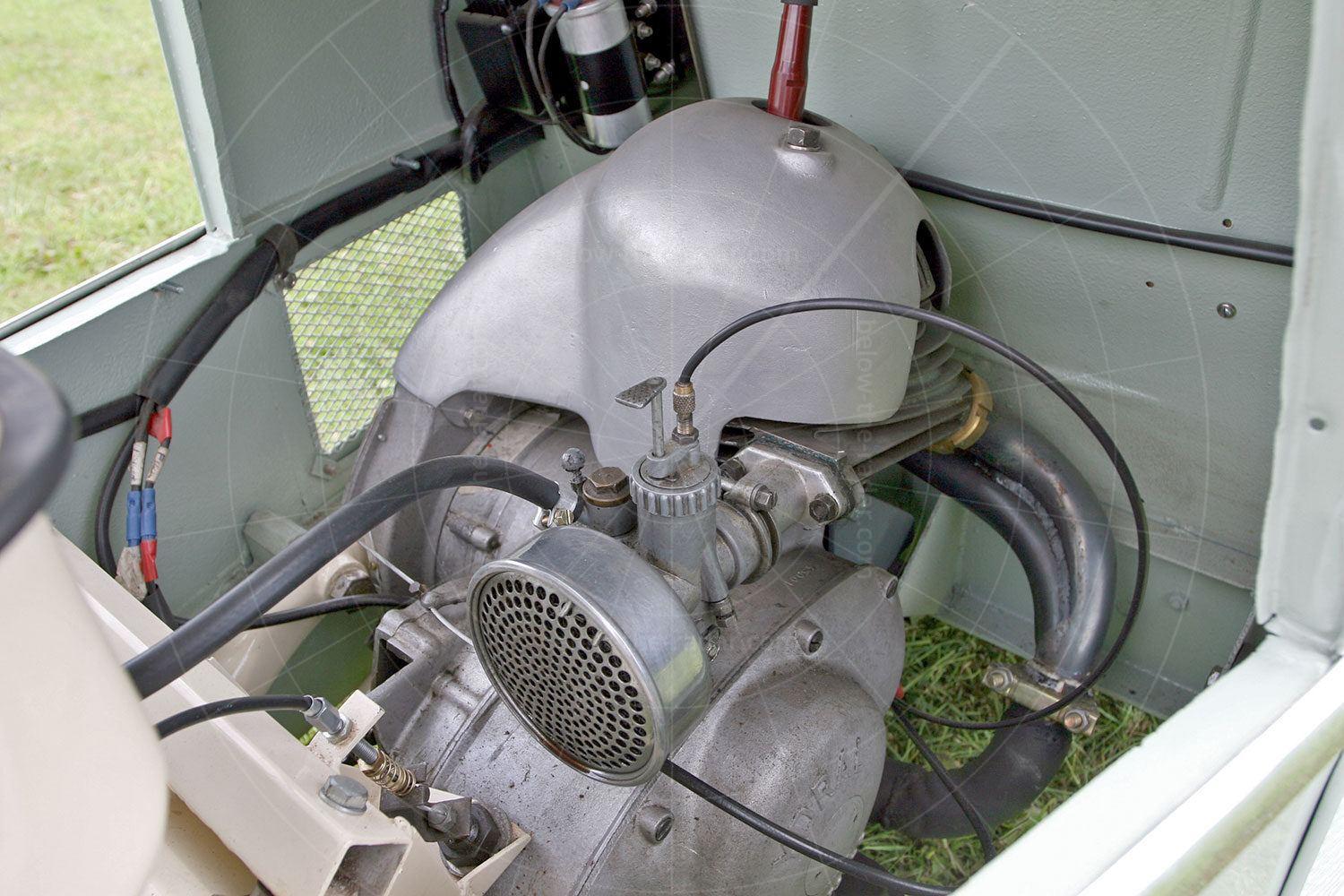
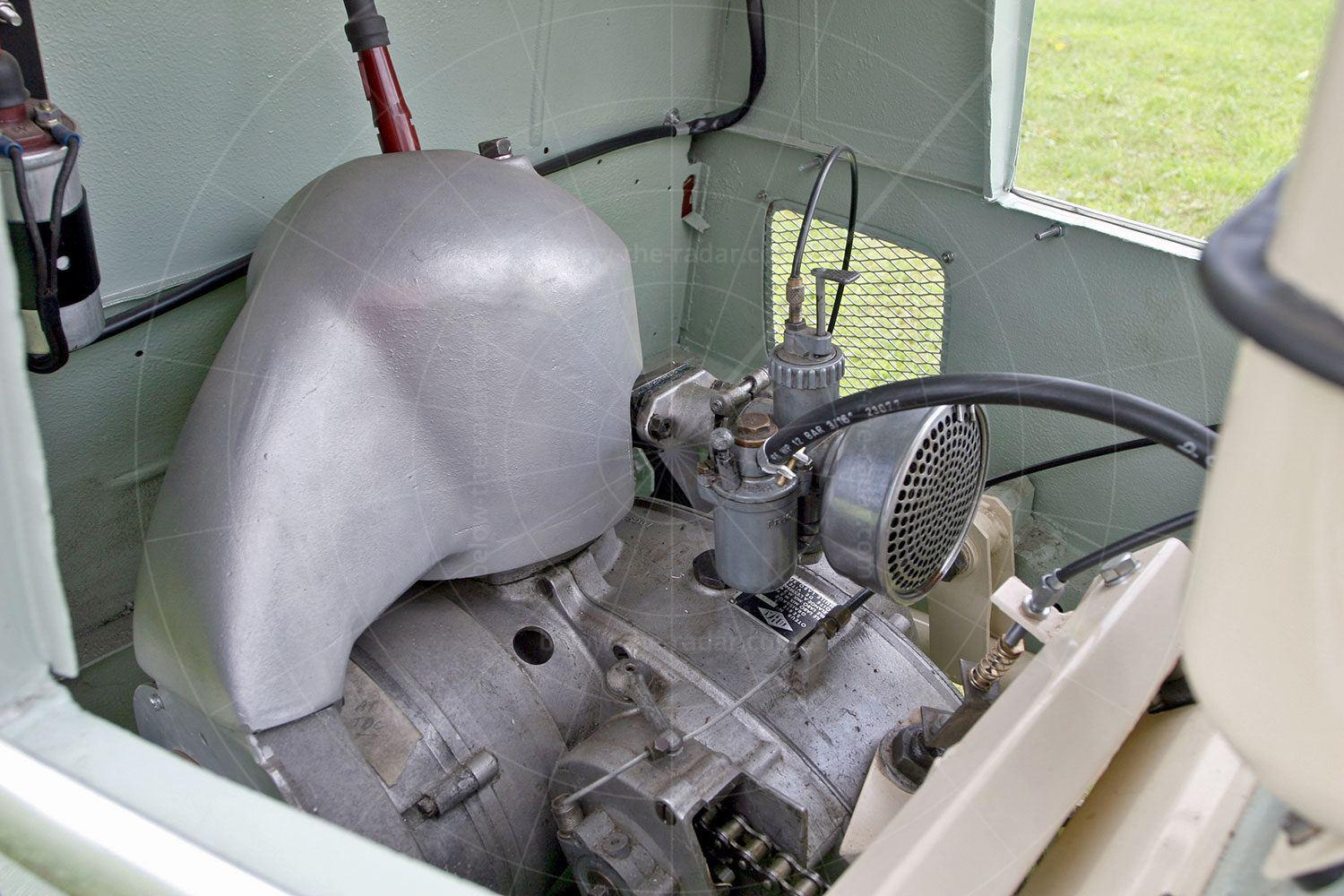
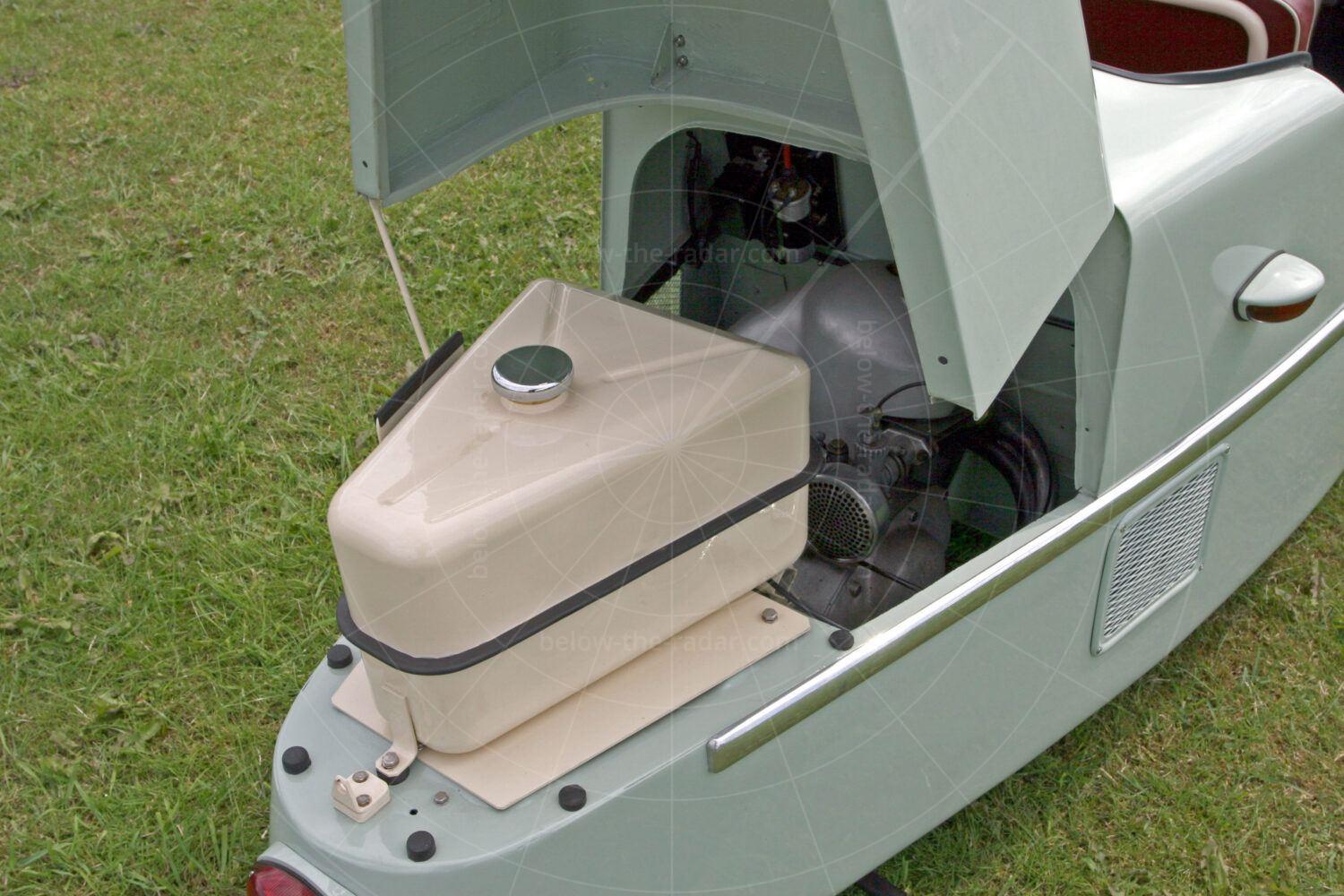

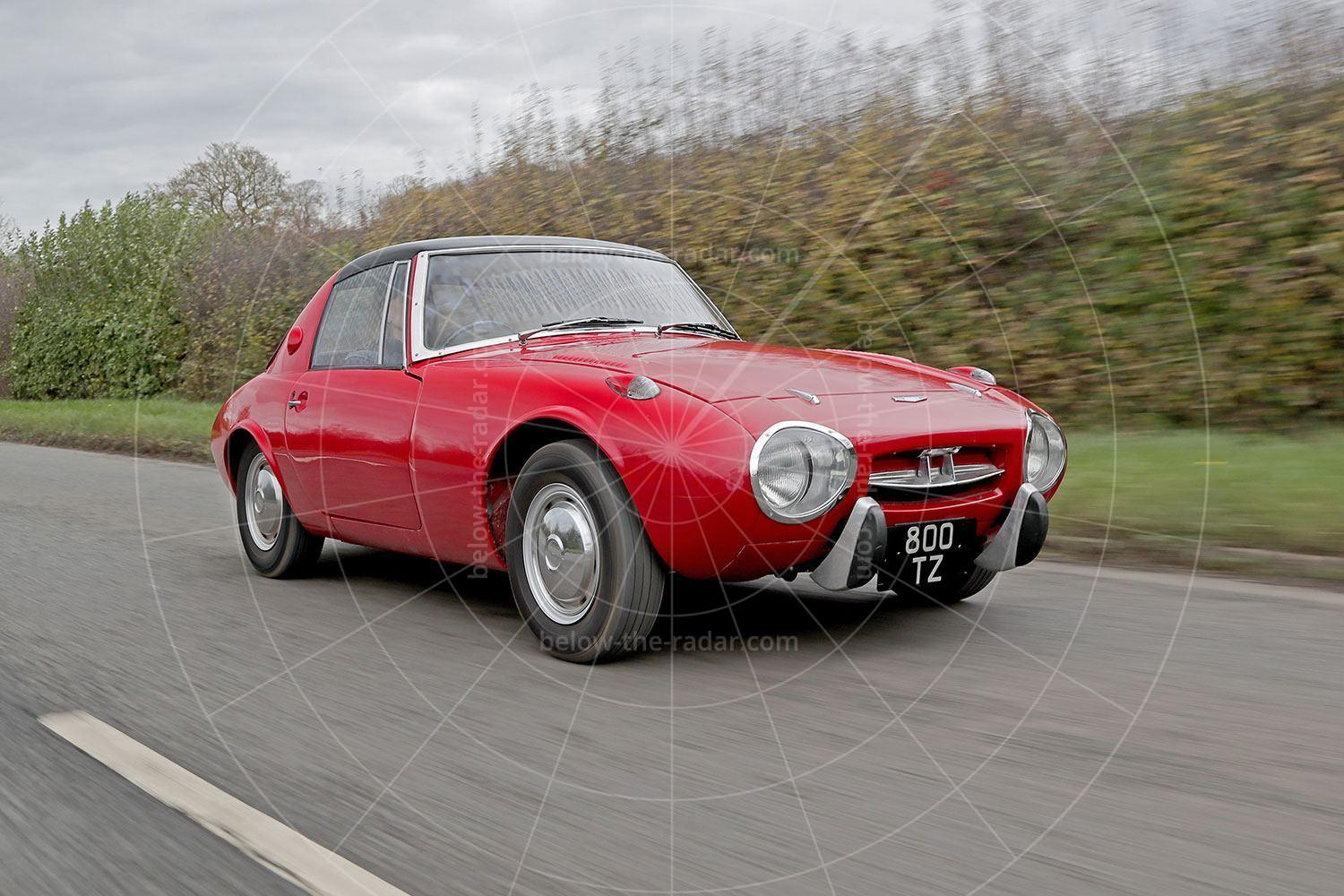
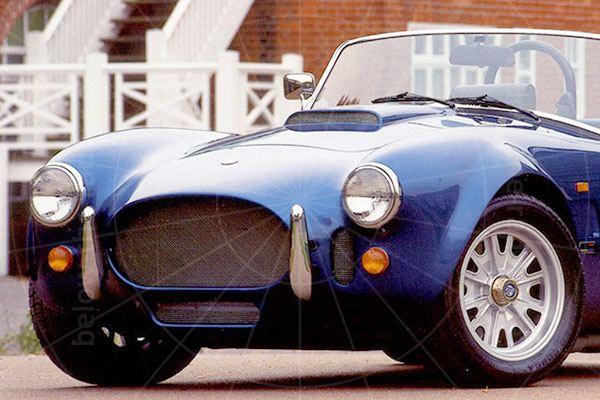
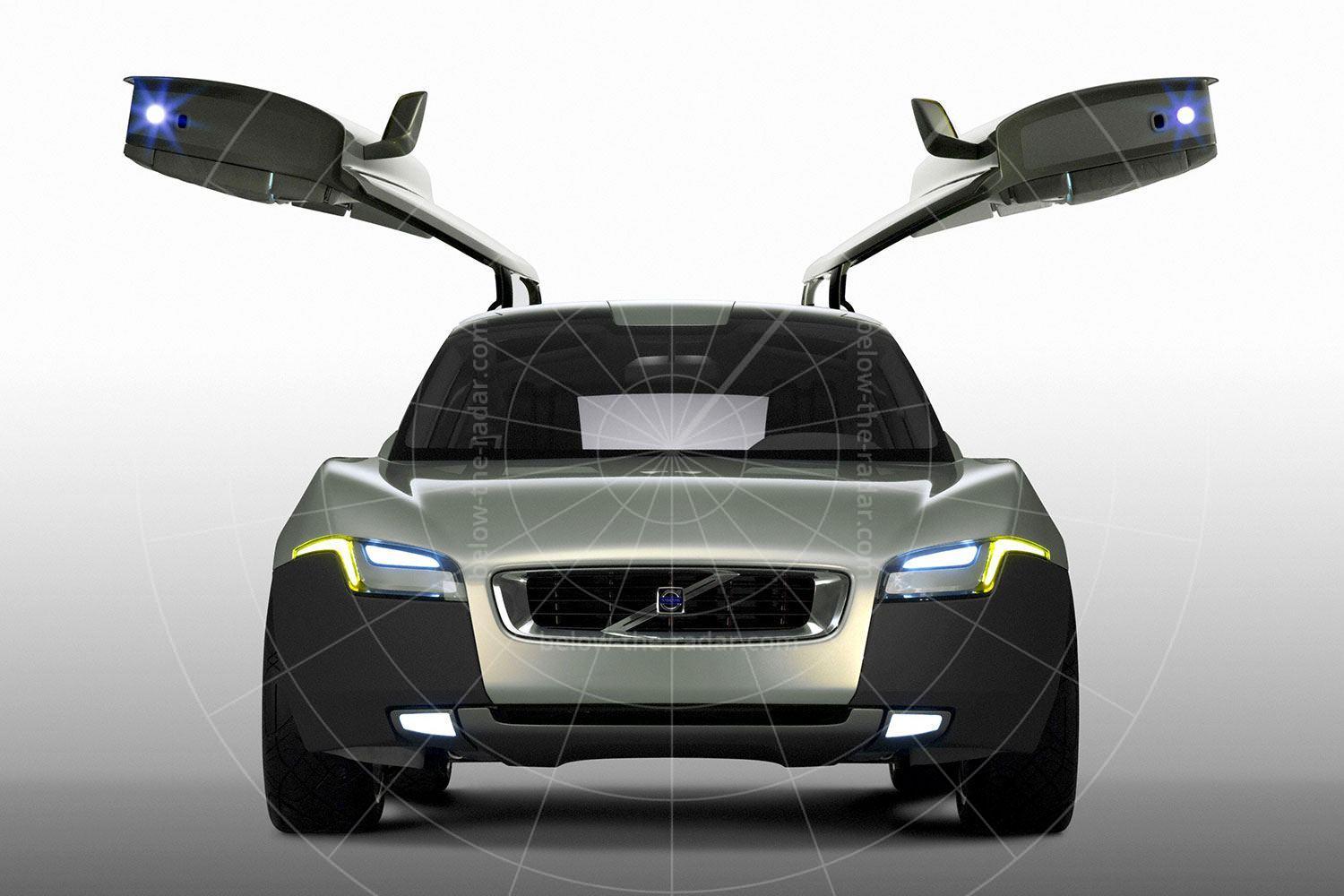
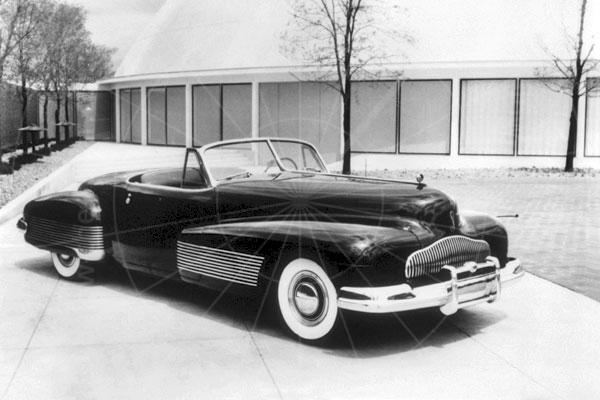
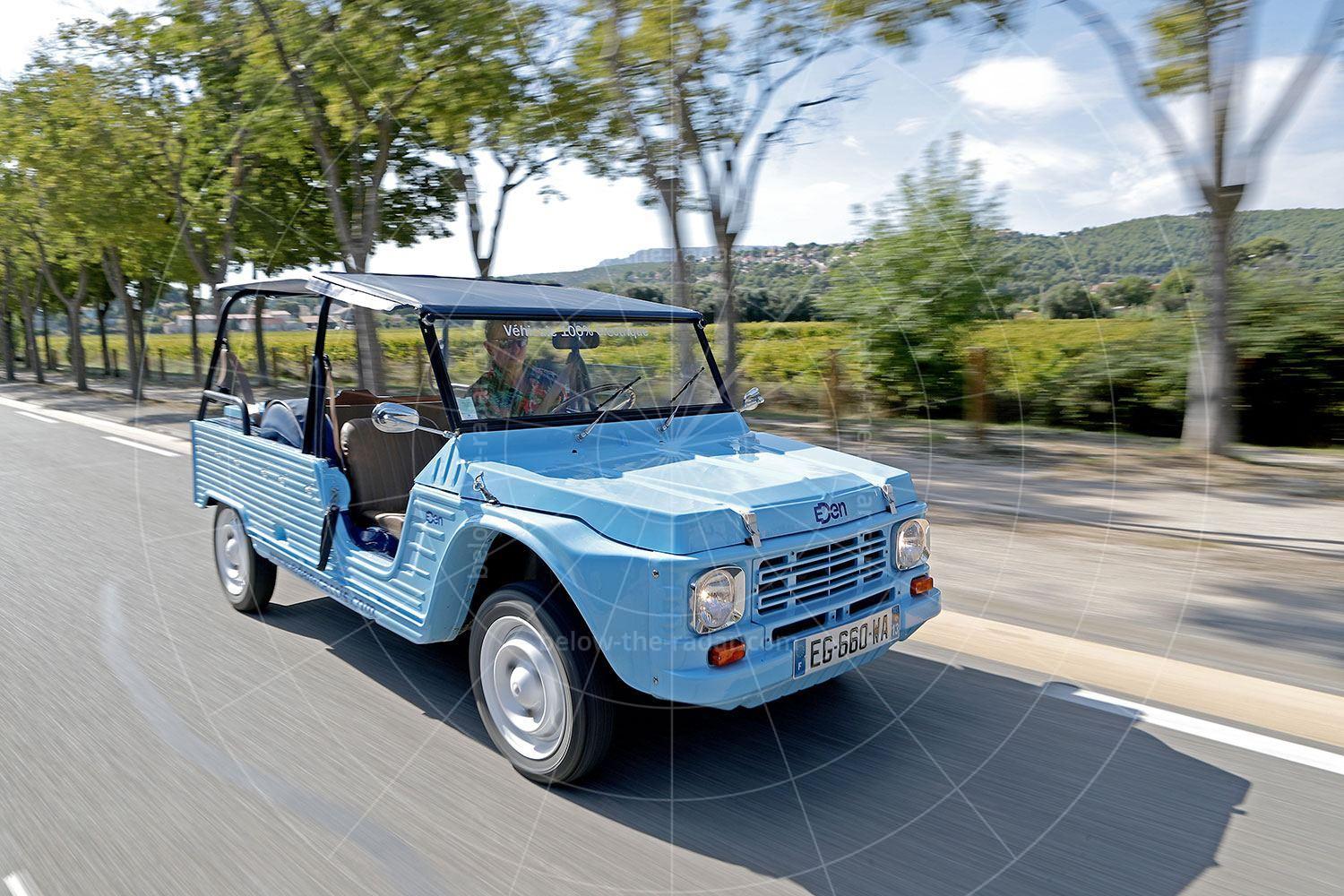
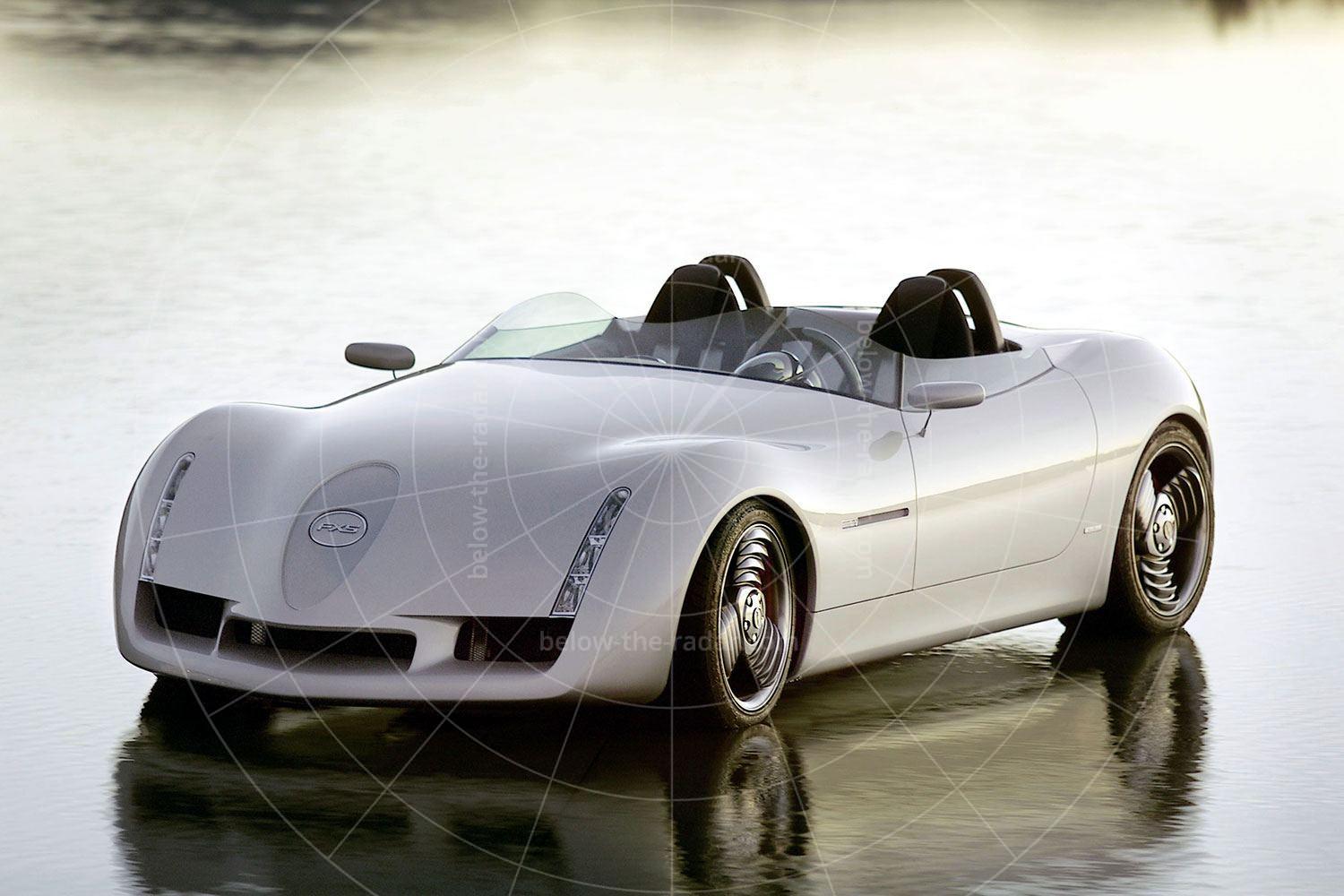
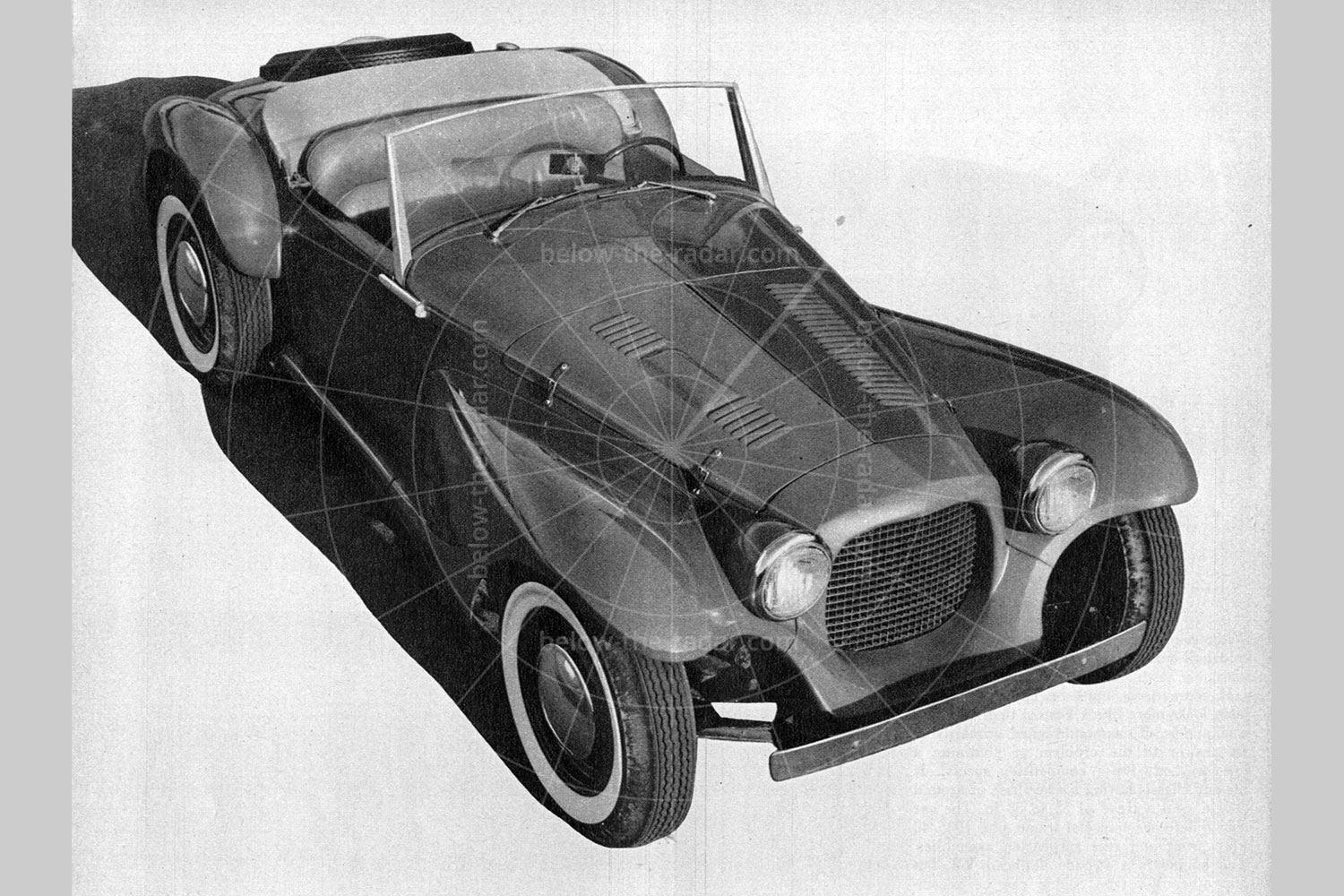
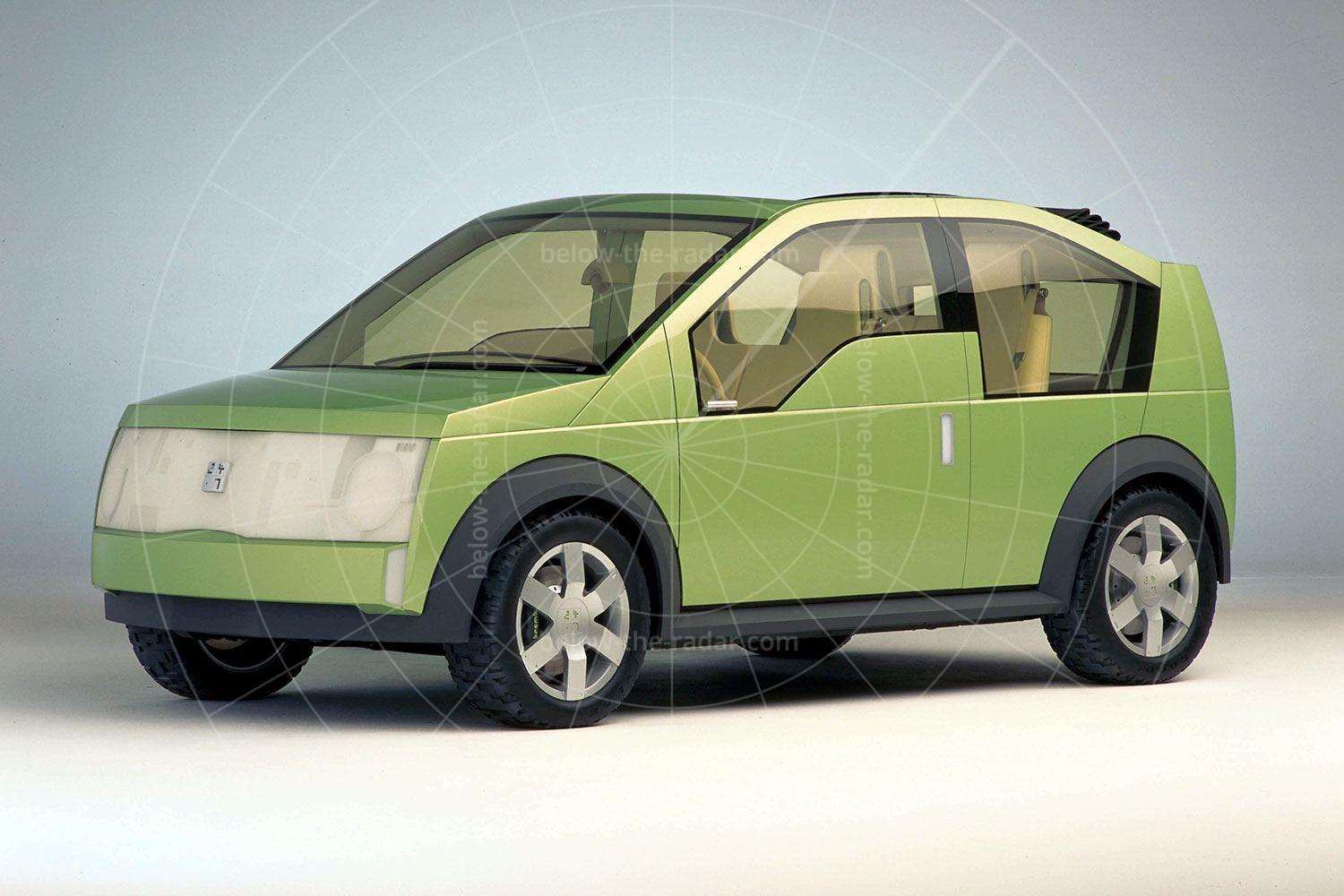
One Comment